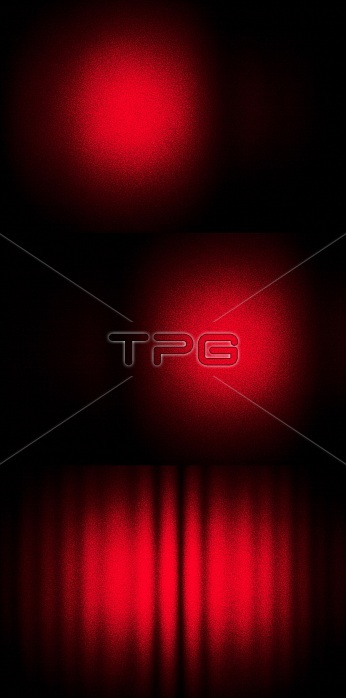
A Helium-Neon laser beam is split into two beams in a Michelson interferometer. The beams are then recombined and crossed at a small angle. A screen is placed perpendicular to the beams' propagation direction, in the region where the beams partially intersect. Top panel is a photograph of the screen when the right beam is blocked, middle panel is taken when the left beam was blocked. Apparently both beams have round (Gaussian) shapes. When both beams are incident on the screen (bottom panel), characteristic interference fringes are observed. Note that the fringe contrast is maximized at the center, where individual beams' intensities are about equal. The fringe contrast reduces when moving from the center to either side horizontally as the intensities of the beams become noticeably different. Conceptually, this is a modern-day replication of Thomas Young's double-slit experiment. Apparent laser speckle results from scattering of the monochromatic beam by the screen that is rough on a microscopic (wavelength) scale.
| px | px | dpi | = | cm | x | cm | = | MB |
Details
Creative#:
TOP22287827
Source:
達志影像
Authorization Type:
RM
Release Information:
須由TPG 完整授權
Model Release:
N/A
Property Release:
No
Right to Privacy:
No
Same folder images:

 Loading
Loading